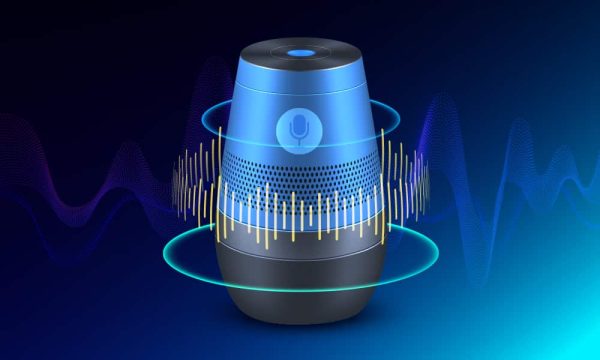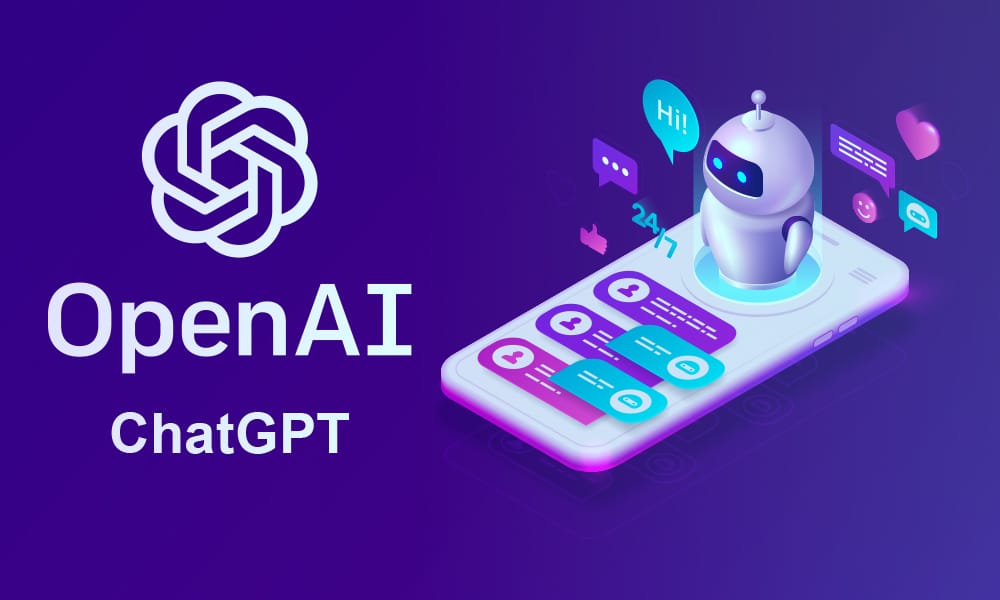In today’s fast-paced, tech-driven world, Conversational AI applications like Alexa, Siri, and Google Home have become indispensable in our daily lives. They simplify tasks, provide instant solutions, and enhance how we interact with machines. But behind the seamless experience lies a labyrinth of challenges that developers face when building intelligent, conversational systems.
As the demand for smarter, multilingual, and emotionally intelligent chat assistants grows, it’s essential to understand the hurdles in creating these tools—and how to overcome them effectively. In this guide, we’ll explore the most pressing data challenges in Conversational AI and provide actionable solutions to build AI models that truly resonate with users.
Most Common Data Challenges in Conversational AI

1. Diversity of Languages and Dialects
One of the biggest challenges in Conversational AI is the sheer diversity of languages spoken around the globe. While approximately 1.35 billion people speak English either as a first or second language, this accounts for less than 20% of the world’s population. That leaves billions of potential users who communicate in other languages, often rich with unique dialects, slang, and cultural nuances.
The Solution:
To bridge this gap, businesses need access to vast, high-quality multilingual datasets that cover not just major languages but also regional dialects and vernaculars. Leveraging pre-annotated speech datasets tailored for global markets can improve the inclusivity and versatility of conversational AI models.
2. Capturing Language Dynamism
Languages are alive—they evolve with time, incorporate slang, and reflect emotions. This dynamism poses a challenge for AI models, which struggle to interpret subtle nuances like tone, sarcasm, and sentiment. Humans communicate beyond words, and failing to capture this “human factor” can lead to impersonal or irrelevant responses.
The Solution:
Train your AI with datasets that include real-world examples of emotional, contextual, and cultural variations. Incorporating emotionally intelligent AI training datasets ensures your conversational assistant understands the deeper context behind user queries, resulting in more natural and meaningful interactions.
3. Background Noise and Interference
From barking dogs and doorbells to overlapping conversations, real-world audio is rarely pristine. These background noises often interfere with voice recognition systems, reducing the accuracy of conversational AI. Additionally, with multiple voice assistants co-existing in the same environment, distinguishing user commands from competing devices can be tricky.
The Solution:
Advanced noise-filtering algorithms combined with high-quality, real-world audio datasets can help train your AI to identify and prioritize human commands over background noise. Designing robust voice recognition models that include diverse acoustic environments is crucial to overcoming this challenge.
4. Audio Synchronization Issues
When training AI tools using telephonic conversations, syncing audio from both the caller and agent can be problematic. Misaligned audio data creates gaps in understanding conversational flow, leading to inefficiencies in training your model.
The Solution:
Invest in datasets that are pre-synchronized and annotated for dual-channel audio. This ensures that conversations are accurately aligned and ready for training, cutting down on manual labor and improving the model’s performance.
5. Lack of Domain-Specific Data
Conversational AI is not one-size-fits-all. While general-purpose chatbots perform well in simple tasks, they often fail to provide precise answers for industry-specific queries—be it healthcare, finance, or automotive industries.
The Solution:
To build industry-specific AI applications, you need customized datasets that reflect the terminology, processes, and user expectations of that domain. For example, training your healthcare chatbot with annotated medical conversations or EHR datasets can significantly enhance its accuracy and relevance.
[Also Read: AI-Powered Telemedicine: Use Cases, Benefits, and Real-World Challenges]
The Impact of Data Challenges on Consumers
Unlike text-based search engines that provide multiple options, Conversational AI is expected to deliver a single, accurate response. When the underlying datasets are biased or incomplete, the results can be misleading, irrelevant, or even frustrating for users. This lack of precision not only diminishes user trust but also impacts brand reputation.
For businesses, the stakes are clear: better data leads to better customer experiences. Addressing these challenges at the data collection and model training stages ensures that your conversational AI consistently delivers value to its users.
How to Overcome Data Challenges & Build Smarter AI

1. Acknowledge and Address Bias
The first step to building better AI is recognizing the presence of bias in datasets. Proactively introducing bias detection and mitigation strategies—such as user feedback loops and customizable settings—can help prevent skewed results.
2. Enhance Contextual Understanding
Training your model to understand contextual conversations is critical. This can be achieved by incorporating datasets that reflect real-world interaction patterns, including multi-speaker conversations and spontaneous dialogue.
3. Invest in Multilingual and Multi-Dialect Datasets
Expanding your language coverage with diverse datasets is key to reaching global audiences. By partnering with data providers who specialize in multilingual conversational AI training datasets, businesses can scale their AI solutions to cater to diverse markets.
4. Collaborate with Experienced Vendors
Working with third-party vendors can significantly streamline the data collection and annotation process. Experienced vendors bring expertise in creating high-quality, customizable datasets tailored to your specific needs. This not only reduces costs but also accelerates the time-to-market for your AI solutions.
[Also Read: The Rise of AI-Based Voice Assistants in Enhancing the Quality of Healthcare]
Trends Shaping the Future of Conversational AI
- Voice Biometrics: AI systems are integrating voice biometrics to enhance security and personalization. With biometric datasets, companies can create AI solutions that recognize individual users by their unique vocal patterns.
- Multimodal AI: Next-gen conversational AI combines text, voice, and visual inputs to deliver richer, more interactive user experiences. Training AI models with multimodal datasets is becoming a priority for businesses aiming to stay ahead.
- Generative AI for Conversations: Generative AI models like ChatGPT are revolutionizing conversational systems. Incorporating fine-tuned generative AI datasets can give your chat assistant the ability to generate responses that feel more human and adaptive.

Partner with Shaip for Accurate Conversational AI Datasets
At Shaip, we specialize in providing high-quality, tailor-made datasets for Conversational AI. Whether you’re building a multilingual chatbot, fine-tuning a voice assistant, or designing an industry-specific application, our extensive catalog of speech, audio, and text datasets can set your project up for success.
With expertise in over 65 languages and dialects, Shaip empowers businesses to overcome data challenges and create AI solutions that are inclusive, intelligent, and impactful. Let us help you unlock the full potential of Conversational AI.









